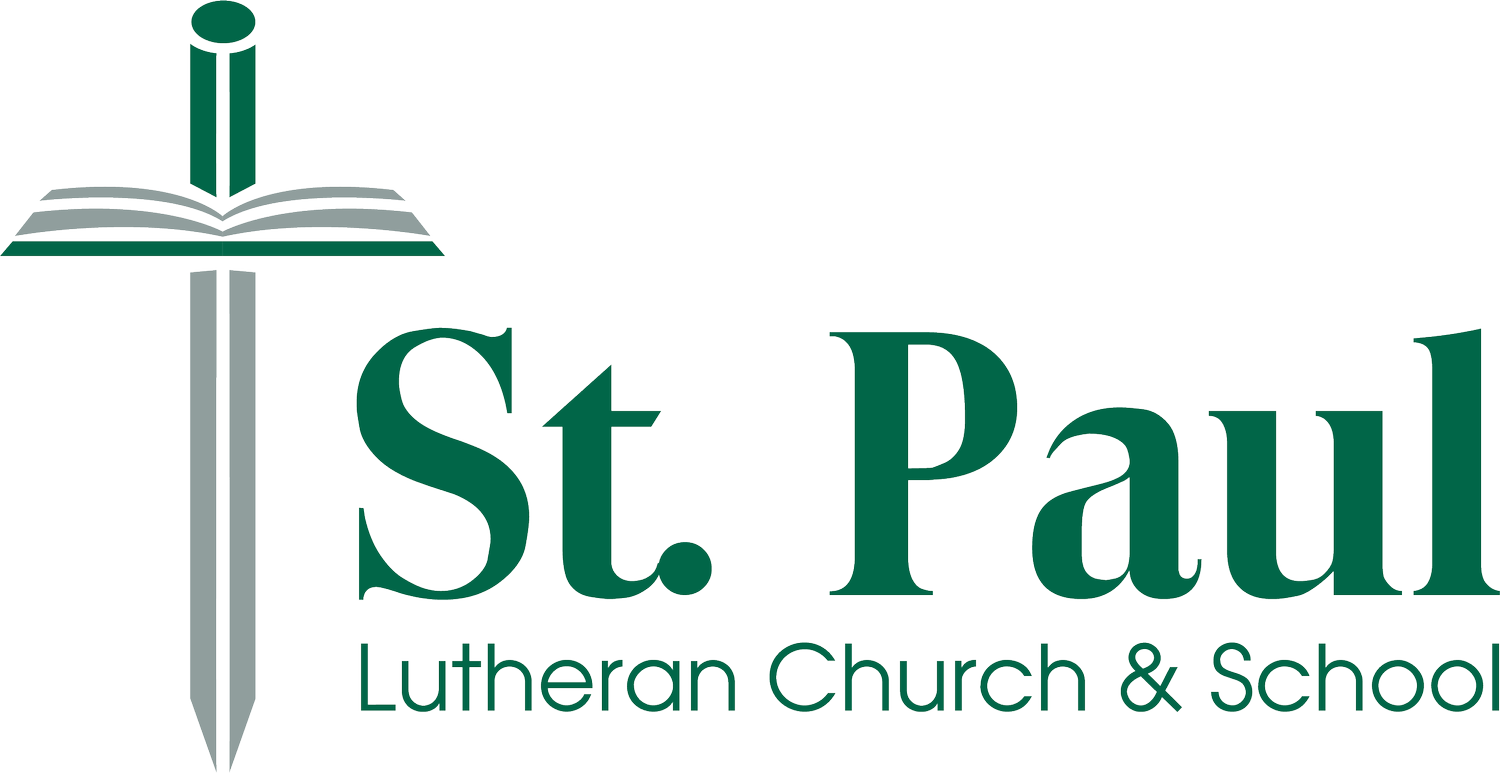Easter—Christ Is Risen!
But in fact Christ has been raised from the dead, the firstfruits of those who have fallen asleep. (1 Corinthians 15:20)
Christ is risen! He is risen indeed! After the muted contemplation of Lent, the Church once again bursts into jubilant song to celebrate the Resurrection of Our Lord, the second major festival of the Church Year and the highpoint of the year. Easter, like Christmas, is an entire season and not just a day. This is highlighted by the way that the following Sundays are traditionally called the Sundays "of Easter." The season is an extended celebration of that Resurrection Day. It is a week of weeks, eclipsing the six weeks of Lent. Including the Day of Pentecost, the Easter season includes eight Sundays; the number eight is often used symbolically to represent eternity and the resurrection. If a congregation has observed the Lenten practices of omitting Alleluia and the Gloria in Excelsis during worship services, their return at Easter Dawn and Easter Day services highlights the joyous celebration.
The first half of the Easter season usually focuses on the event of Jesus' resurrection. We hear the gospel writers' accounts of the angels announcing that he is risen, the disciples' fear and confusion, and Jesus' appearances to them to assure them that he had kept his word. Beginning with the Fourth Sunday of Easter, commonly called Good Shepherd Sunday, the focus shifts slightly to other themes related to Christ's resurrection. Included in the Easter season is the celebration of Christ's ascension, forty days after his resurrection. Since this day always occurs on a Thursday, it is often celebrated in place of the Seventh Sunday of Easter. The Day of Pentecost both concludes the Easter season and serves as the starting point of the next season.
Throughout Easter, we see how the fact that Jesus lives impacts our lives today. Because he lives, we too will live forever. We see him through the eyes of faith. We know our risen Lord through his Word. He is our Good Shepherd, who cares for us always. He blesses us in many ways as he guides us to the heavenly home he has gone to prepare for us. Just as he sent out the first disciples, he sends us out to bring this good news to all the world.
White is the color for the Easter season, again representing holiness and righteousness. In Easter we are reminded that through his death and resurrection, Christ's holiness is given to us with the guarantee of our own resurrection. Gold is sometimes used for the Easter festival, to highlight this day as the highpoint of the Christian faith and so also the highpoint of the Church Year. A symbol of the resurrection commonly used in worship services is the Paschal Candle. This tall candle—often covered with other symbols reflecting Christ, such as the Lamb, the cross, and the Greek letters Alpha and Omega—is lit at services throughout the Easter season. It is then lit on two other occasions throughout the year: baptisms and funerals. On both of these occasions, the lit Paschal Candle reminds us that in baptism we are united to Christ in his death and resurrection; because he lives, we too will live.
Christ is risen! He is risen indeed! Alleluia!
Easter
Etymology of Name: From an Old English word for "spring" or "dawn".
Seasonal Color: White (Gold for Easter Dawn & Day)
Duration: Easter Dawn to Pentecost

